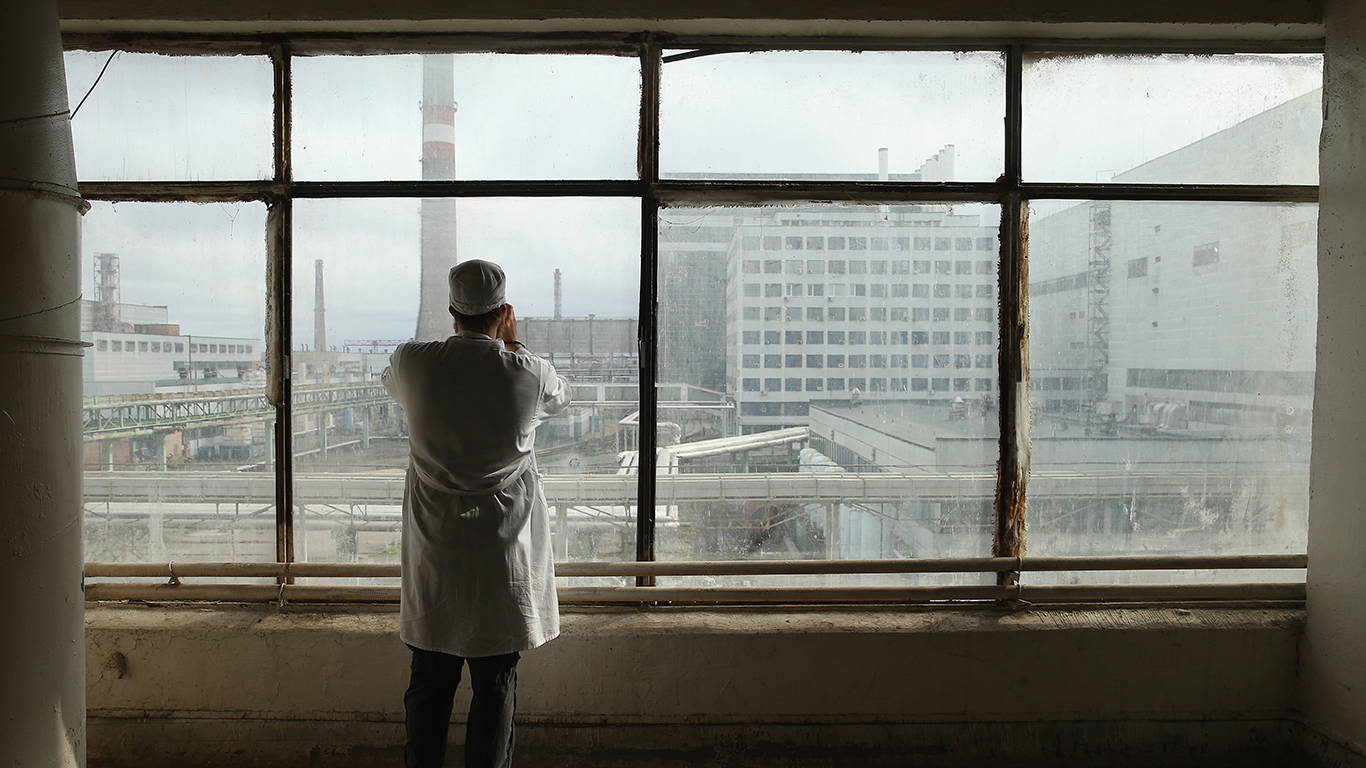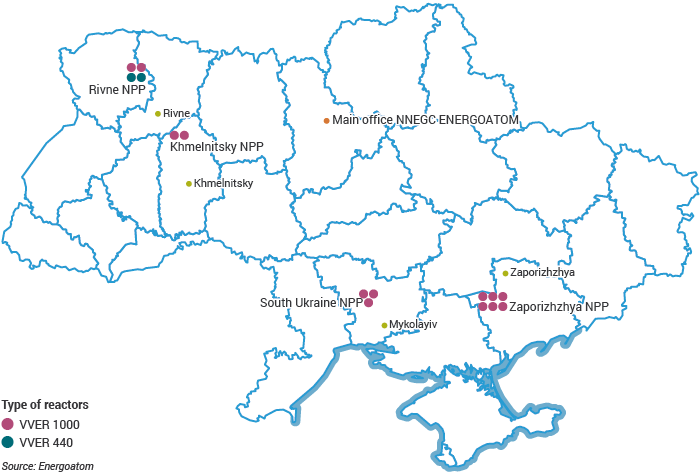
The Risk of Nuclear Disaster in Ukraine
Bennett RambergFeb 14, 2022
LOS ANGELES – Russia’s large-scale military mobilization on Ukraine’s border has grim historic precedents. But should the Kremlin pull the trigger, it will encounter a hazard that no invading army has ever faced before: 15 nuclear power reactors, which generate roughly 50% of Ukraine’s energy needs at four sites.
The reactors present a daunting specter. If struck, the installations could effectively become radiological mines. And Russia itself would be a victim of the ensuing wind-borne radioactive debris. Given the vulnerability of Ukraine’s nuclear reactors and the human and environmental devastation that would follow if combat were to damage them, Russian President Vladimir Putin should think again about whether Ukraine is worth a war.

Power plants are common targets in modern conflict, because destroying them inhibits a country’s ability to carry on fighting. But nuclear reactors are not like other energy sources. They contain enormous amounts of radioactive material, which can be released in any number of ways. Aerial bombing or artillery fire, for example, could break a reactor’s containment building or sever vital coolant lines that keep its core stable. So, too, could a cyberattack that interrupts plant operations, as would a disruption of offsite power that nuclear plants rely on to keep functioning.
Were a reactor core to melt, explosive gases or belching radioactive debris would exit the containment structure. Once in the atmosphere, the effluents would settle over thousands of miles, dumping light to very toxic radioactive elements on urban and rural landscapes. And spent nuclear fuel could cause further devastation if storage pools were set afire.
The health consequences of such fallout would depend on the population exposed and the toxicity of the radioactive elements. The UN Chernobyl Forum estimated that the 1986 Ukraine accident would inflict 5,000 excess cancer deaths over 50 years, though some environmental groups think that figure grossly understates the likely toll. Indeed, thousands of thyroid cancers emerged in the years immediately following the accident.
In the midst of a pandemic that has killed millions, nuclear-reactor fatalities may seem trivial. But that would be an unconscionable misreading of the risk. To reduce the uptake of radiation that settled on the ground after Chernobyl, Soviet authorities had to relocate hundreds of thousands of people and remove large swaths of agricultural land and forests from production for decades.
In and around the reactor, 600,000 “liquidators” were deployed to clean up the site. Engineers built a giant “sarcophagus” over the reactor building to contain further releases. Millions of people suffered psychological trauma, and some seven million received social compensation. Eventually, the economic losses mounted into the hundreds of billions of dollars. Japan is still counting the hundreds of billions that the 2011 Fukushima disaster will cost, and that incident released only one-tenth of the radiation that Chernobyl did, mostly into the ocean.
A war would magnify these risks, because the reactor operators who might mitigate the fallout would be more prone to flee for fear of being shot or bombed. If a reactor is in the middle of a chaotic battlefield, there may not even be any first responders, and ill-informed populations hearing rumors would be on their own wandering – and panicking – in contaminated zones.
No comments:
Post a Comment